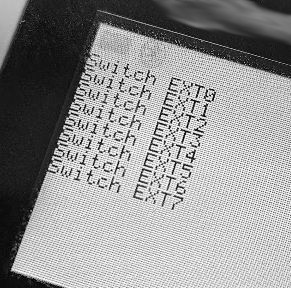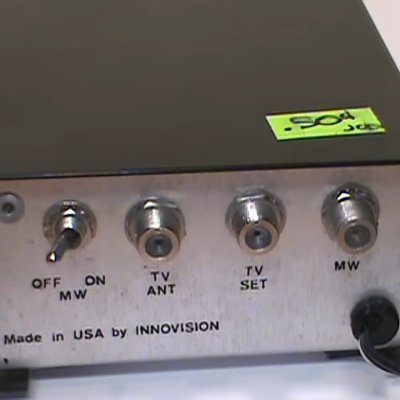
These days Points of Sale (PoS) usually include a digital payment terminal of some description, some of which are positively small, such as the Mini PoS terminals that PAX sells. Of course, since it has a CPU and a screen it must be hacked to run something else, and maybe discover something fun about the hardware in the process. Thus [Lucas Tuske] set out to do exactly this with a PAX D177 PoS, starting with purchasing three units: one to tear apart, one to bypass tamper protections on and one to keep as intact reference.
As expected, there are a few tamper protections in place, starting with pads that detect when the back cover is removed and a PCB that’s densely covered in fine traces to prevent sneaky drilling. Although tripping the tamper protections does not seem to affect the contents of the Flash, the firmware is signed. Furthermore the secrets like keys that are stored in NVRAM are purged, rendering the device effectively useless to any attacker.
The SoC that forms the brains of the whole operations is the relatively obscure MH1903, which is made by MegaHunt and comes in a dizzying number of variants that are found in applications like these PoS terminals. Fortunately the same SoC is also found on a development board with the AIR105 MCU that turns out to feature the same MH1903 core. These are ARM Cortex-M3 cores, which makes targeting them somewhat easier.
Rather than try to break the secure boot of the existing SoC, [Lucas] opted to replace the SoC package with a brand new one, which was its own adventure. Although one could say that this is cheating, it made getting a PoC of custom code running on one of these devices significantly easier. In a foll0w-up article [Lucas] expects to have Doom running on this device before long.



















